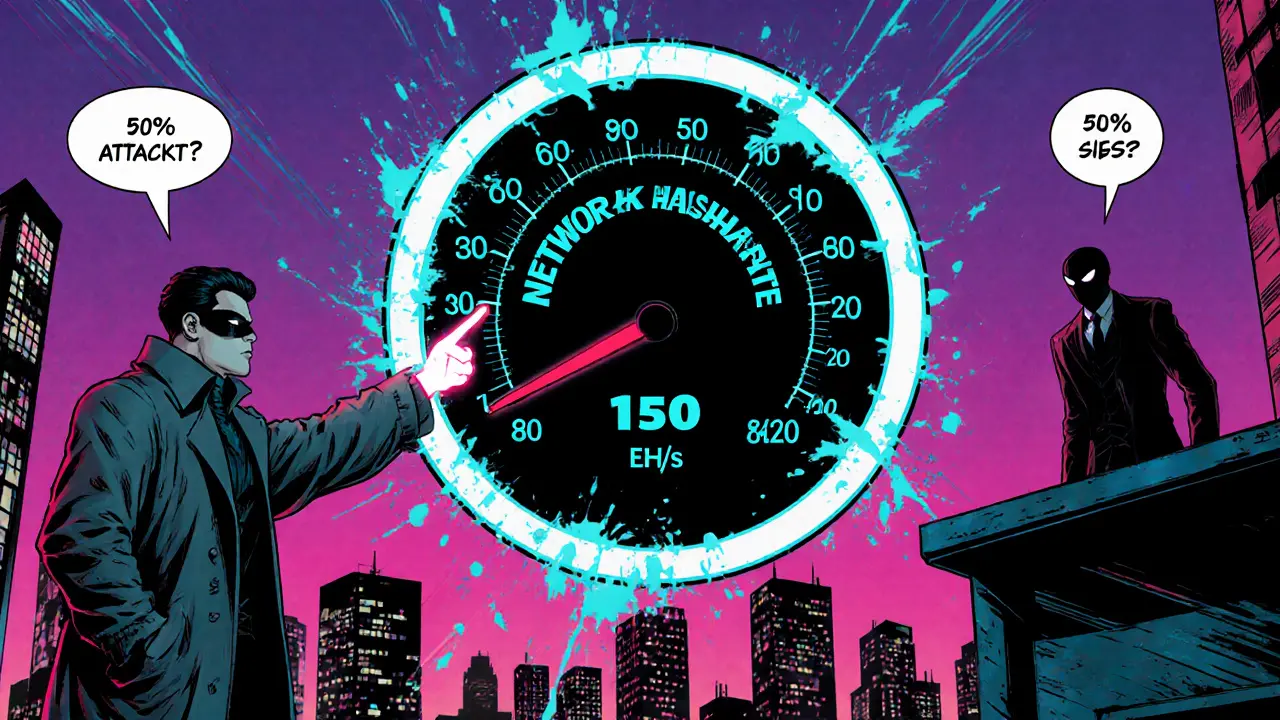Bitcoin Hash Rate – What It Is and Why It Matters
When working with Bitcoin hash rate, the total computational power that miners contribute to solve Bitcoin’s proof‑of‑work puzzles. Also known as BTC hash rate, it defines how many hashes are attempted each second across the entire network. This number isn’t just a bragging stat; it directly influences how quickly new blocks appear and how safe the chain stays against attacks.
Key Relationships
Mining difficulty, the algorithmic adjustment that keeps Bitcoin’s block time close to ten minutes rises or falls based on the hash rate. When more machines join, the network raises difficulty so that block production doesn’t speed up. The opposite happens when hash power drops, ensuring a stable cadence.
Proof of Work, the consensus mechanism that requires miners to find a hash below a target value depends on the hash rate to be effective. Higher hash power means more potential solutions per second, which makes it harder for any single actor to dominate the network. In short, a rising Bitcoin hash rate strengthens PoW security but also pushes difficulty upward.
Bitcoin miners, individuals or pools that provide the computational work to find valid blocks watch the hash rate and difficulty closely. They choose hardware, location, and electricity based on expected rewards, which are calculated from the current hash rate and difficulty level.
Understanding these links—hash rate, difficulty, PoW, and miner decisions—sets the stage for deeper dives. Below you’ll find guides that break down mining difficulty, explore how hash rate trends affect market moves, and offer tips for evaluating mining hardware. Let’s get into the details.

How Much Does a 51% Attack on Bitcoin Really Cost?
Explore why a 51% attack on Bitcoin costs billions, how hashpower, hardware, and economics shape the barrier, and why attackers are deterred.
September 15 2025